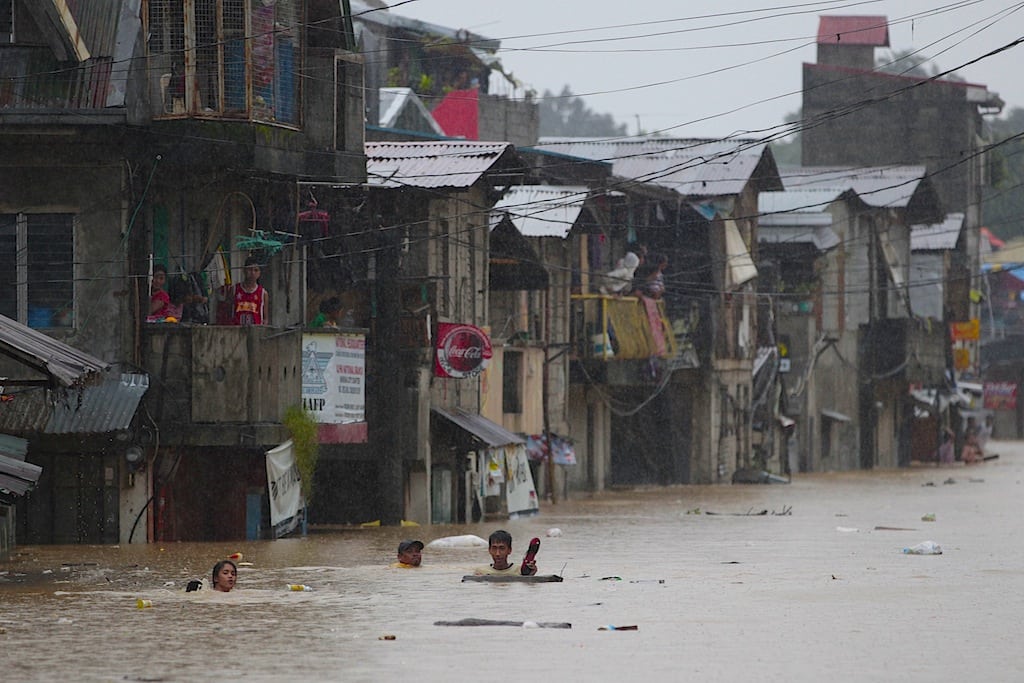Skift Take
As urban populations grow and housing is pushed to the sea, global coastal cities can literally not afford to not invest in anti-flood infrastructure. A tourism industry would take even longer to repair than buildings or the economy.
Guangzhou in southeast China, New Orleans, and Guayaquil in Ecuador could soon be spending more than their total GDP to recover from annual flood losses, according to a study released this week by Nature Climate Change magazine.
The study suggests the global flooding could cost the 136 largest coastal cities up to $63 billion in losses a year by 2050.
A combination of factors including growing populations pushed to the sea, improving economic conditions, and worsening climate change led annual flood losses from the 136 cities to jump from $6 billion in 2005 to $63 billion in 2050 — and that’s if the cities start paying attention.
However, if cities neglect to heed the warnings of rising sea levels, more frequent flooding, and coastal urbanization, losses could rise to a shocking $1 trillion a year. This represents a worst case scenario in which cities do nothing to adopt to environmental and socioeconomic changes. The study sums it up by stating “inaction would result in unacceptably high losses.”
Protection initiatives that reduce the risk of flooding and decrease the number of floods impacting a city include better disaster planning measures, early warning and evacuation systems, and post-disaster responses ready on the local, national, and international level.
Cities in rich developed countries are, not surprisingly, better protected and less vulnerable than those in poor developing countries.
Still, five U.S. cities — New Orleans, Miami, Tampa-St. Petersburg, Boston, and New York — make it onto a list of 20 countries whose damages would be greatest relative to GDP by 2050.
There are several developed cities like Amsterdam that are also at risk, but anti-flooding infrastructure and protective measures kept them off of the Nature Climate Change‘s list.
The 20 cities predicted to have the highest losses due to flooding in 2050 are as follows:
| Urban Area | Average Annual Losses (% of City GDP) | Average Annual Losses ($US Million) |
|---|---|---|
| Guangzhou (S) | 1.32 | 11,928 |
| New Orleans (S) | 1.21 | 1,583 |
| Guayaquil (S) | 0.95 | 2,813 |
| Ho Chi Minh City (S) | 0.74 | 1,743 |
| Abidjan | 0.72 | 826 |
| Zhanjiang (S) | 0.5 | 806 |
| Mumbai | 0.47 | 6,109 |
| Shezen | 0.38 | 2,929 |
| Miami | 0.3 | 2,099 |
| Tampa-St.Petersburg | 0.26 | 763 |
| Nagoya (S) | 0.26 | 564 |
| Surat | 0.25 | 905 |
| Tianjin (S) | 0.24 | 1,810 |
| Xiamen (S) | 0.22 | 572 |
| Kolkata S) | 0.21 | 2,704 |
| Jakarta (S) | 0.14 | 1,139 |
| Boston | 0.13 | 741 |
| Chennai (Madras) | 0.12 | 825 |
| New York—Newark | 0.08 | 1,960 |
| Bangkok (S) | 0.07 | 596 |
*S indicates cities prone to significant subsidence or, in other words, where cities literally sink into the ground leading to higher sea levels.
The Daily Newsletter
Our daily coverage of the global travel industry. Written by editors and analysts from across Skift’s brands.
Have a confidential tip for Skift? Get in touch
Tags: development, natural disasters
Photo credit: Residents brave neck-deep floods outside their house in Marikina city, east of Manila, Philippines on Tuesday, Aug. 20, 2013. Aaron Favila / AP Photo
